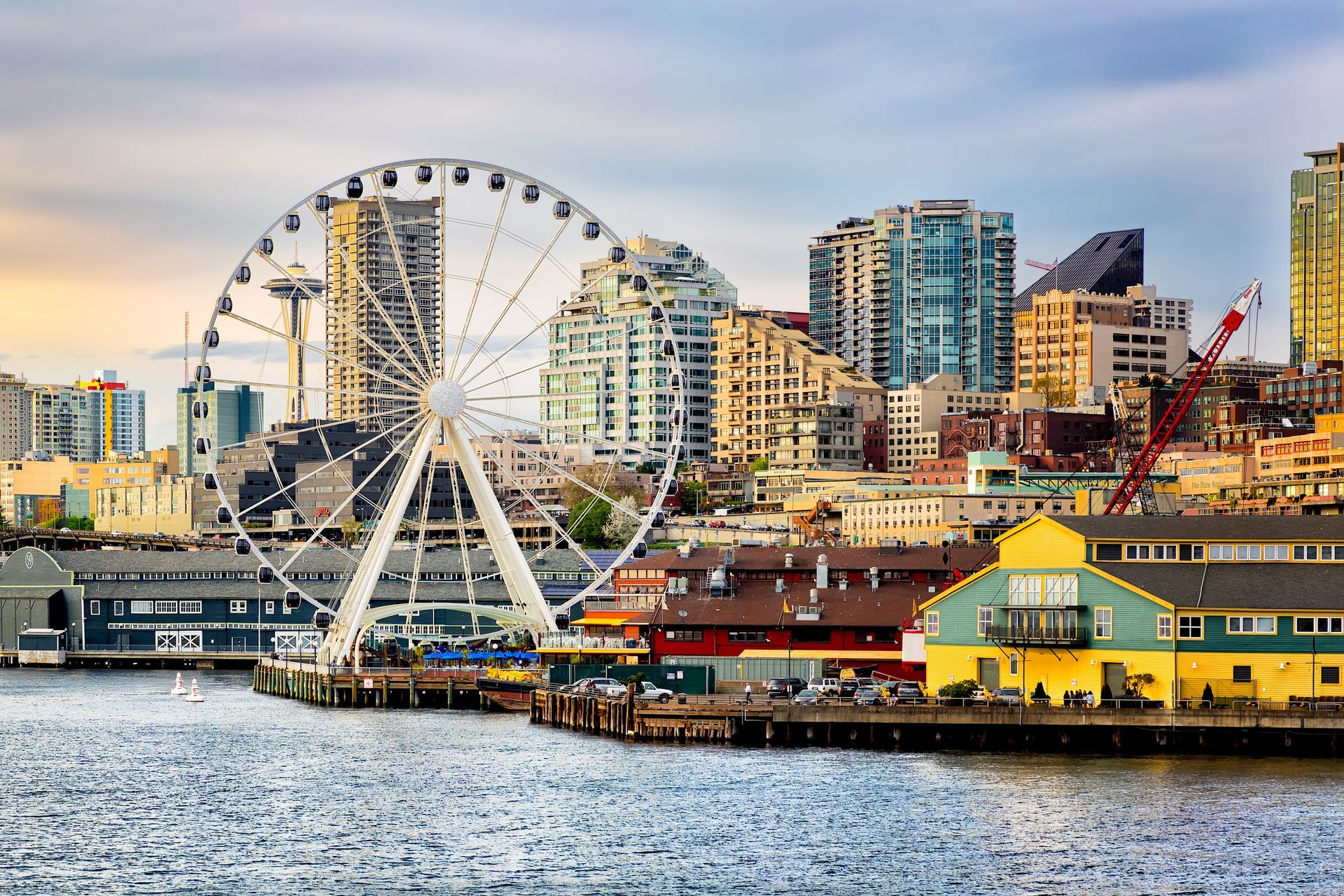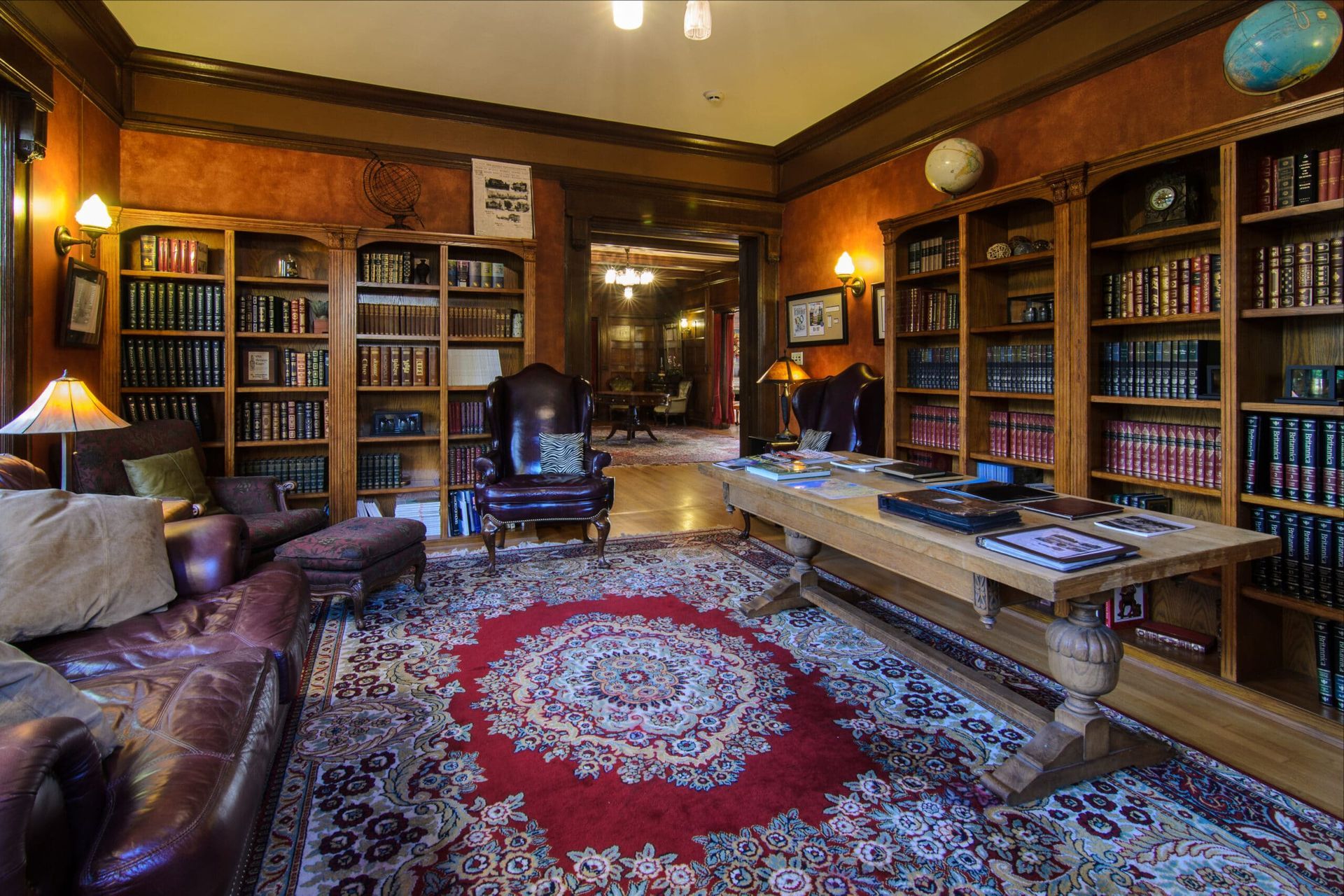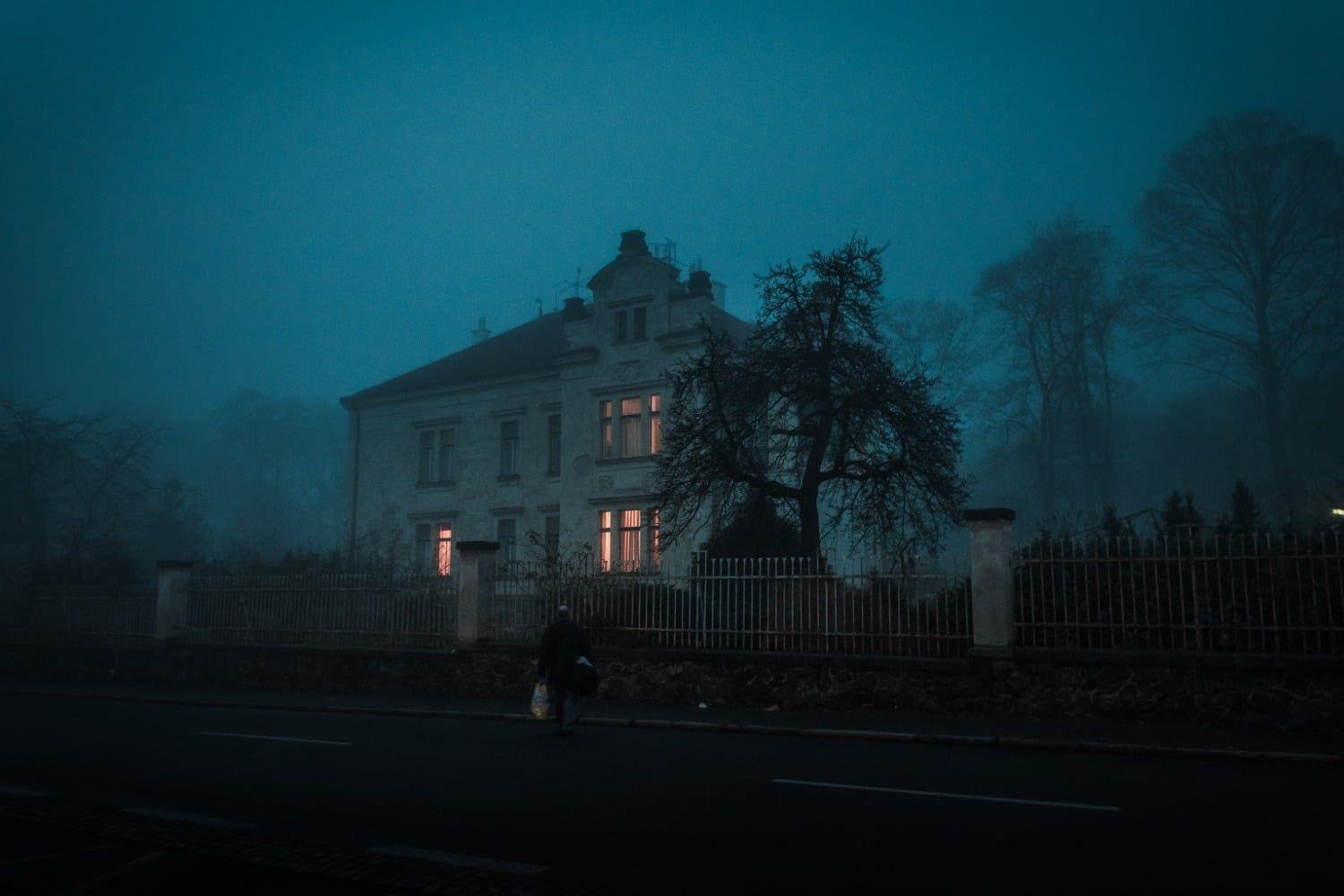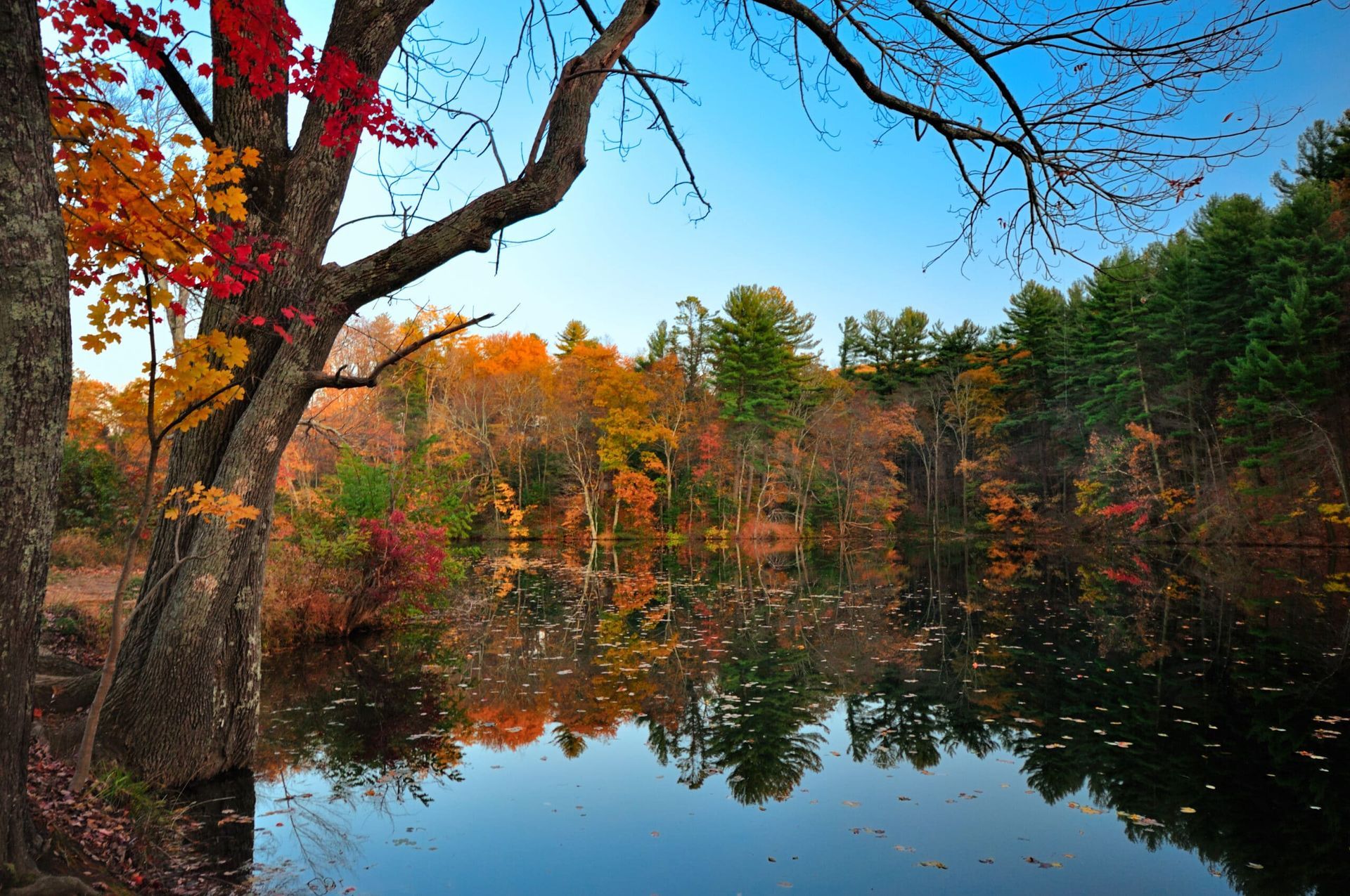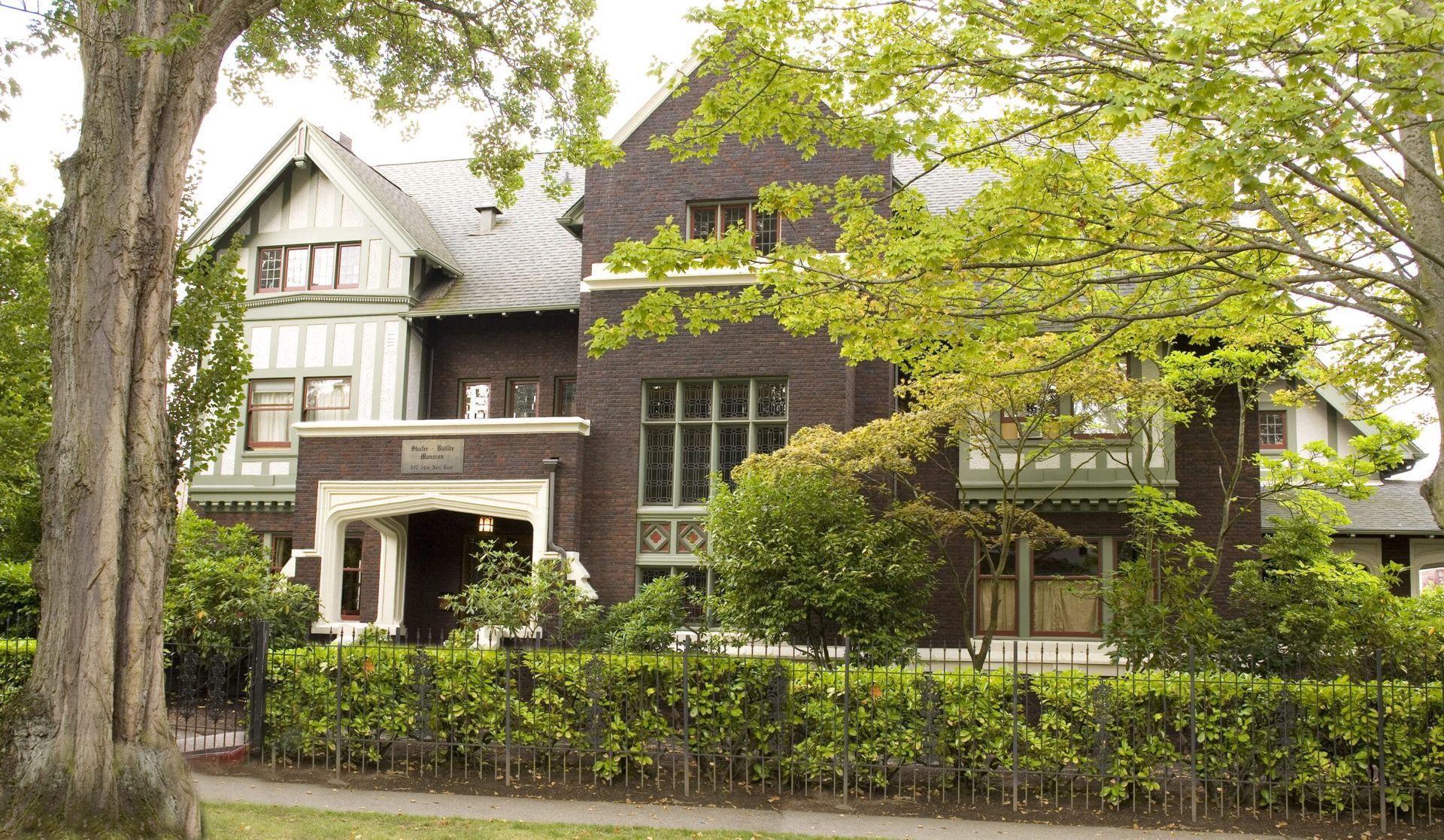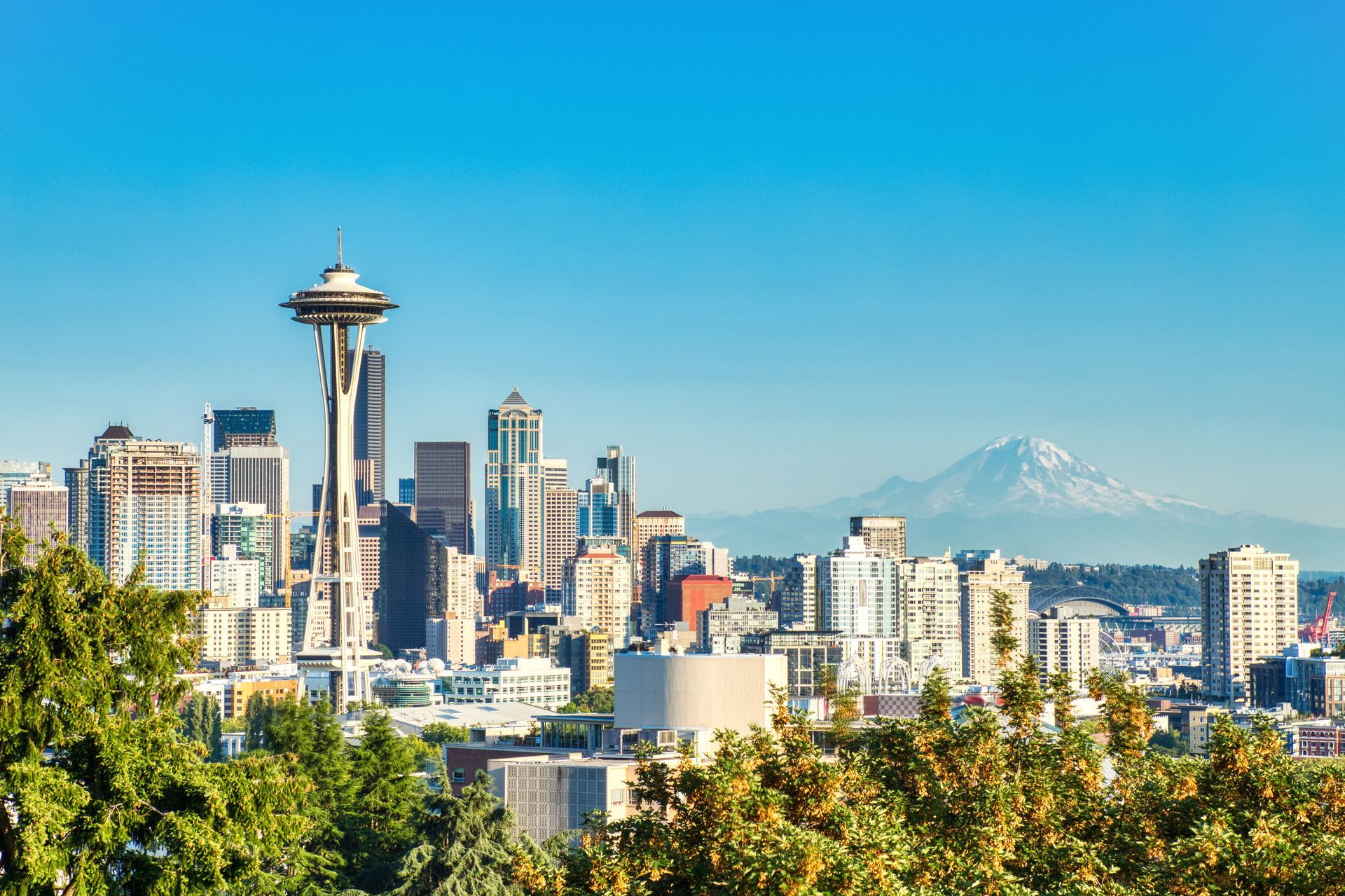The History of Capitol Hill: Timeless Seattle Neighborhood
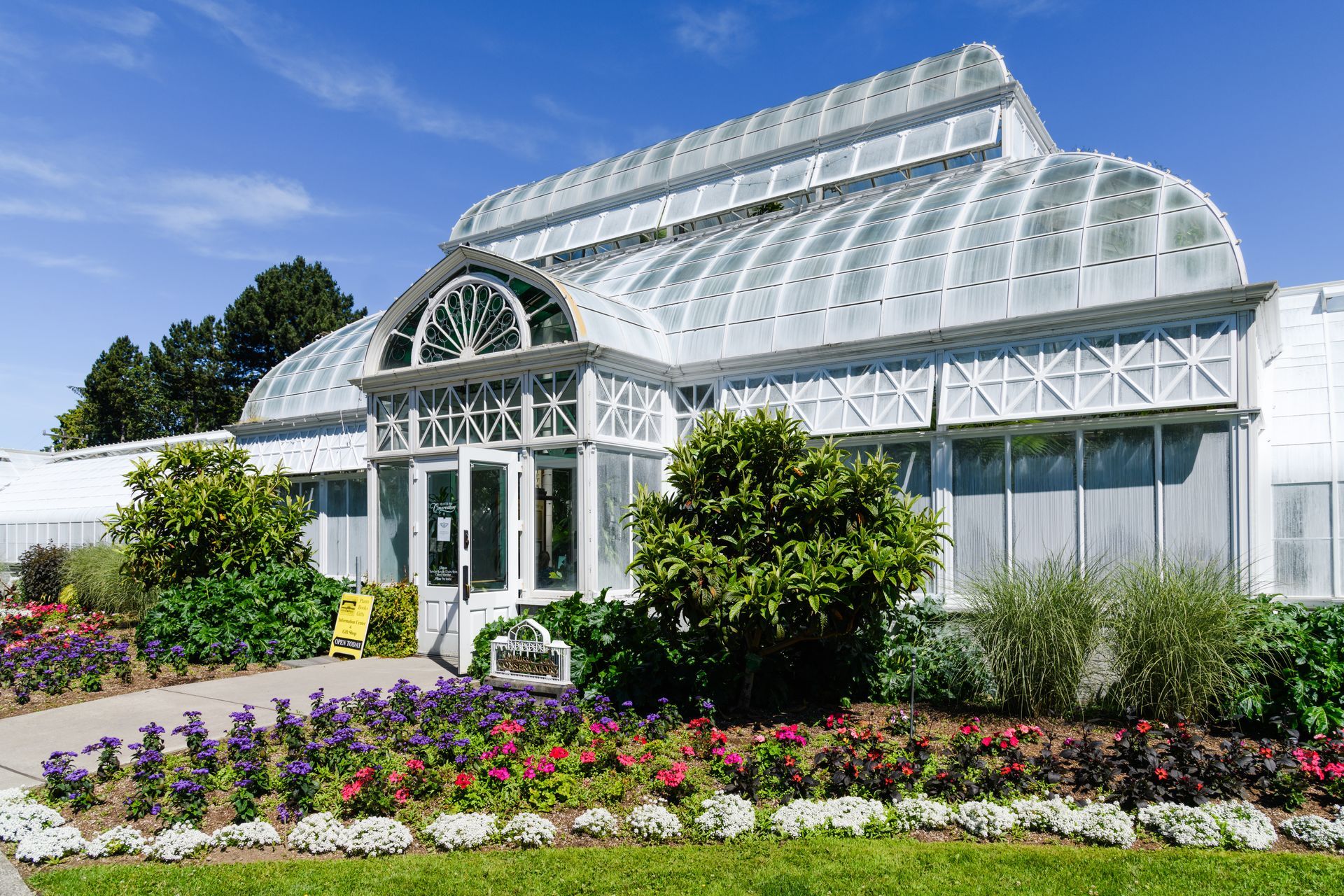
Characterized by a vibrant nightlife, progressive culture, and historically rich neighborhoods, Capitol Hill is one of Seattle’s best areas. While the whole city is worth a visit, many people travel to see the sights on Capitol Hill and fill their itinerary with unforgettable local attractions.
Located right on Capitol Hill, the Shafer Baillie Mansion matches the timeless, historic charm that defines the area and is a wonderful spot for a getaway, (but more on that later)! Let’s take a closer look at the history of Capitol Hill and what it can offer visitors, travelers, and those staying at our property.
Where is Capitol Hill in Seattle?
Situated on a large hill overlooking the city, Capitol Hill is located just east of downtown Seattle. It's also home to Volunteer Park, Seattle University, and many independent shops and cafes.
Where did the name “Capitol Hill” come from?
Like many names, there are multiple theories to explain how the official name came to be. Some accounts suggest that real estate developer James A. Moore named it in an attempt to persuade Washington state leaders to relocate the capital from Olympia to Seattle-which ultimately failed.
Others believe the name was inspired by Capitol Hill in Denver, Colorado, where Moore had previously lived with his wife who was born there. Regardless of its origins, the name has endured and become synonymous with the neighborhood’s intriguing identity.
Early History and Development
The area of Capitol Hill has a long and diverse history that reflects the growth and evolution of the city itself. Before Europeans settled in the area, the land that would become Capitol Hill was home to the Duwamish people, who lived along the shores of nearby lakes and waterways. The dense forests and steep terrain made the area less desirable for early settlers, but by the late 19th century, logging and urban expansion began to transform the neighborhood.
In 1872, Arthur A.
Denny, one of Seattle’s founders, purchased much of the land, and by the 1880s, development started to accelerate. The construction of streetcar lines in the 1890s made it easier for residents to reach downtown Seattle, leading to an increase in housing developments. James A. Moore, a real estate developer, played a significant role in shaping the area, promoting it as an upscale residential district.
Early 20th Century: Growth and Transformation
- Capitol Hill had become one of Seattle’s most desirable residential areas by the early 20th century.
- The neighborhood attracted wealthy families who built grand mansions along streets like Millionaire’s Row, near Volunteer Park.
- The park itself, designed by the renowned Olmsted Brothers, became a central green space.
- The prestigious neighborhood also saw the rise of apartment buildings and smaller homes, catering to a growing middle class.
- Broadway Street, the main commercial thoroughfare, developed into a bustling street with shops, theaters, and restaurants.
Mid-20th Century: Cultural Shifts
- Following World War II, Capitol Hill experienced demographic and economic shifts.
- Some of the grand mansions were converted into boarding houses or apartments
- During this time, new waves of residents brought cultural diversity to the area.
- The 1960s and 1970s saw Capitol Hill emerge as a center for counterculture and activism.
- The neighborhood became a hub for Seattle’s LGBTQ+ community.
- The construction of Interstate 5 in the 1960s reshaped Seattle’s geography, cutting off Capitol Hill from downtown and reinforcing its distinct neighborhood identity.
The Rise of a Progressive Hub
During the 1960-1970s, “flower power” was in full swing challenging traditional views. Political tension was rising and a new generation of social activism was increasing in popularity. By the late 1980s, Capitol Hill had firmly established itself as Seattle’s LGBTQ+ epicenter, fully embracing progressive ideas and different ways of life.
The neighborhood became known for its gay bars, community organizations, and annual Pride celebrations. At the same time, Capitol Hill remained an important center for music, art and culture. The grunge movement of the 1990s had deep roots in Seattle, and Capitol Hill’s clubs and venues played a crucial role in the city’s music scene.
21st Century: Gentrification and a New Identity
Capitol Hill underwent significant changes in the 2000s and 2010s, due to rapid development and gentrification. Rising rents and new high-rise apartment buildings transformed the neighborhood, pushing out some long-time residents and independent businesses. Capitol Hill’s history reflects the broader evolution of Seattle—from its early days as a wealthy enclave to its emergence as a cultural and activist hub.
While the neighborhood continues to change, its legacy as a center of progressive values, LGBTQ+ pride, and artistic expression remains strong. Whether through historic architecture, lively nightlife, or ongoing social movements, Capitol Hill remains one of Seattle’s most dynamic and influential neighborhoods.
Attractions Beyond Capitol Hill
For those more interested in things to do than a history lesson, we have resources to plan an unforgettable trip to Seattle. Check out the Seattle City Pass to save some money and get the most bang for your buck.
A Historic Gem on Capitol Hill
For those looking to further immerse themselves in the enchanting spirit of Seattle, we encourage you to check out the Shafer Baillie Mansion. This historic gem on Capitol Hill offers a quiet and enchanting bed and breakfast experience in a Tudor-Revival home.
The mansion offers eight guest rooms and suites on the second and third floors, each with a private bath, plus spacious day rooms on the main floor. Grab the Seattle City Pass during your visit and complement your trip with a relaxing stay at a place rich in history and charm—the Shafer Baillie Mansion.

